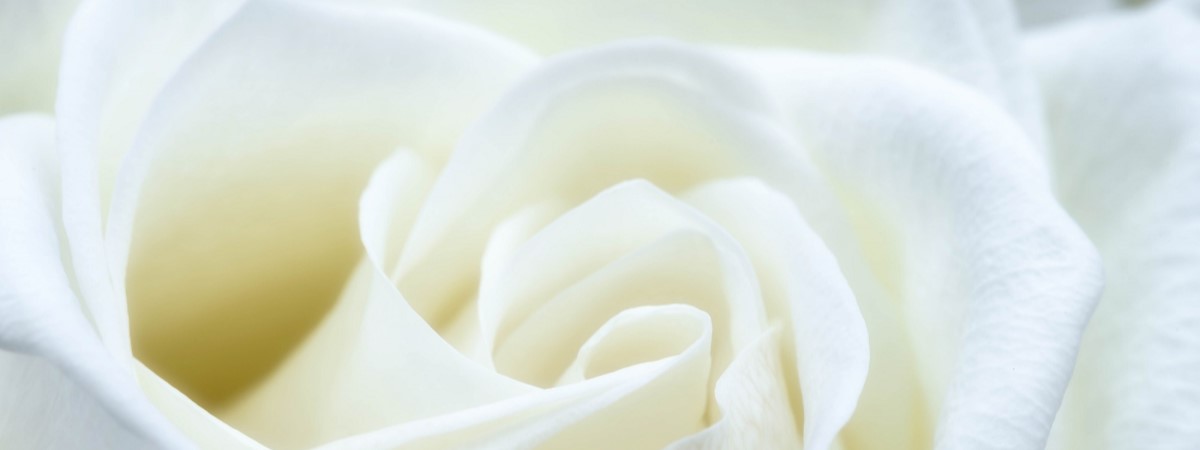
Colour White: The Meaning, Psychology and Symbolism
The colour white is often associated with purity, cleanliness, and simplicity. In many cultures, white is also the colour of mourning and grief. But what exactly is white? According to the Merriam-Webster dictionary, white is “the achromatic colour of greatest lightness”, or a colour that reflects equal amounts of all visible wavelengths of light. In other words, white is not actually a colour at all – it’s the absence of colour. And because white light contains all the colours of the spectrum, it can create the illusion of space and depth. For these reasons, white is often used in interior design to create a feeling of openness and spaciousness. So next time you see a white wall, remember that it’s not just a blank canvas – it’s a canvas that has the potential to make us feel uplifted and inspired.
What is “White”?

White Light
White light is a type of visible light that is composed of all the colours of the spectrum. When white light hits an object, it is scattered in all directions. The human eye uses this scattering to see the world around us. If an object absorbs white light, it will appear black. Conversely, if an object reflects white light, it will appear white. Mirrors reflect white light very well, which is why they are often used in optical applications. Other surfaces such as metal and glass can also reflect white light. In general, anything that is shiny or has a smooth surface will reflect white light well.

White Pigment
White is a colourless pigment typically associated with purity, cleanliness, and neutrality. Though white light can be created by mixing together the colors of the visible spectrum, the pigment white is actually made up of a wide range of different compounds. For example, Titanium dioxide is a white pigment that is commonly used in paint and sunscreen. In contrast, Zinc oxide is a white pigment that is often used in cosmetics and ointments. Likewise, Magnesium oxide is a white pigment that has a variety of uses, including fireproofing and insulation. Whether used for its aesthetic value or its practical applications, white pigment plays an important role in our everyday lives.

Etymology of “White”
The word white has a long and complex history. It is derived from the Old English word “hwít”, which originally meant “bright” or “pure.” Over time, the meaning of the word shifted to include notions of clarity, cleanliness, and goodness. In the 14th century, the word white began to be used as a racial descriptor, specifically in reference to people of European descent. As time went on, white came to be seen as the opposite of black, representing all that is good, pure, and clean. Today, white continues to be used both as a colour and as a racial descriptor. However, its connotations have become more complex and nuanced over time.
VALUES
Technical Information about the Colour White – #ffffff
White is a mix of equal parts red, green and blue. Digitally speaking, this can be represented by the hex value #ffffff in an RGB color space. For print materials requiring CMYK colorspace to achieve accurate swatches of white directly from the printer, it’s 0% cyan, 0% magenta ,0% yellow and 100 % black yielding a hue angle at zero degrees with full lightness but absolute no saturation level
Is white color 255?
Including the color Black (the absence of color), the eight colors are: Black: RGB(0,0,0) White: RGB(255,255,255)
All Color Value Conversions
| VALUE | CSS | |
|---|---|---|
| HEX VALUES |
ffffff |
#ffffff |
| RGB DECIMALS |
255, 255, 255 |
rgb(255,255,255) |
| RGB PERCENTAGES |
100, 100, 100 |
rgb(100%, 100%, 100%) |
| CMYK |
0, 0, 0, 0 |
|
| HSL |
0°, 0, 100 |
hsl(0°, 0%, 100%) |
| HSV (OR HSB) |
0°, 0, 100 |
|
| WEB SAFE VALUES |
ffffff |
#ffffff |
| CIE-LAB |
100, 0, 0 |
|
| XYZ |
95.047, 100, 108.883 |
|
| XYY |
0.313, 0.329, 100 |
|
| CIE-LCH |
100, 0, 158.199 |
|
| CIE-LUV |
100, 0, 0 |
|
| HUNTER-LAB |
100, 0, 0 |
|
| BINARY |
11111111, 11111111, 11111111 |
The Colour White in Nature
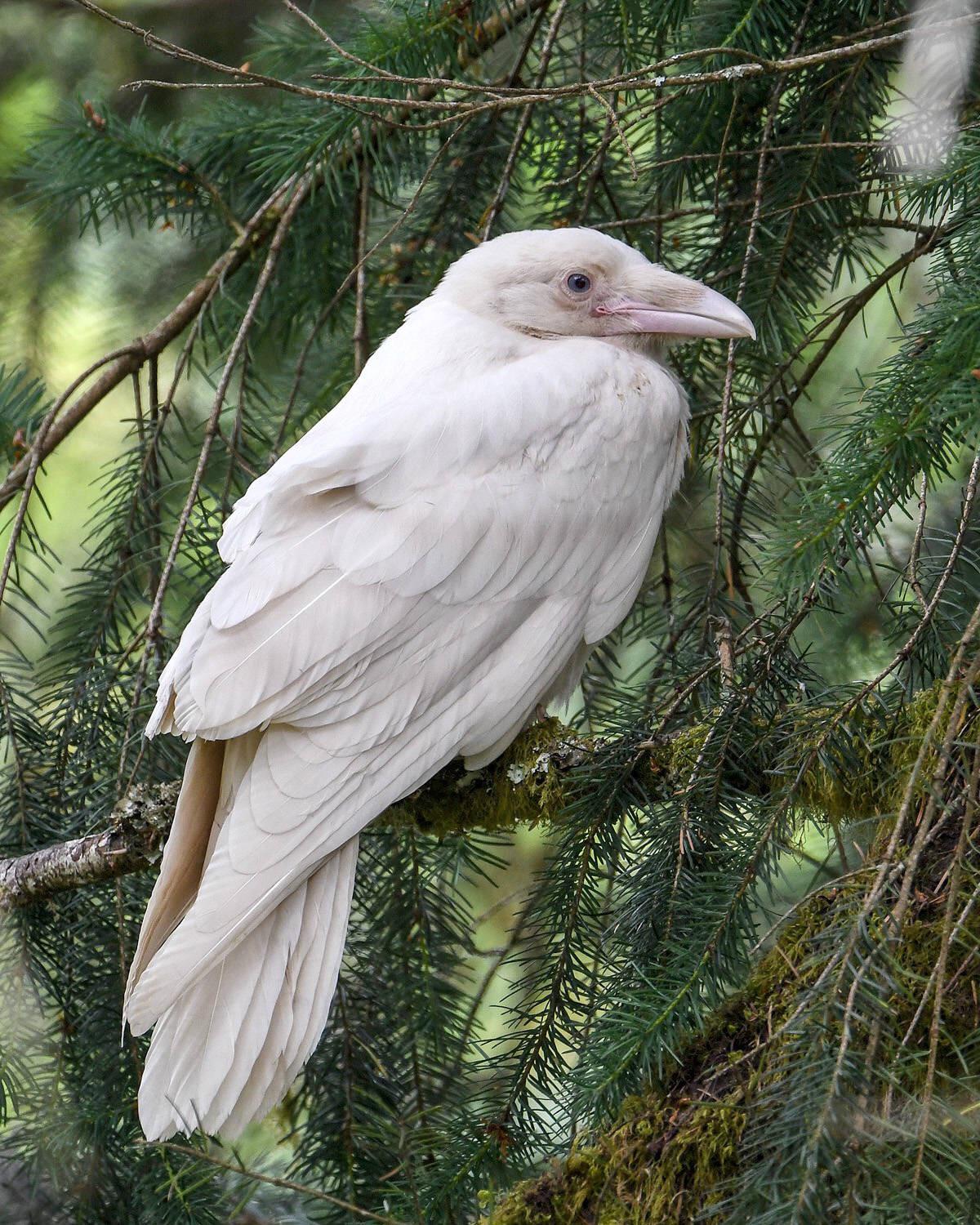
White Animals
Some animals are white because it helps them to blend in with their surroundings. For example, white tigers have white fur to help them camouflage in the snow. Polar bears are also white so that they can better blend in with their snowy surroundings and avoid being seen by predators. other animals are white because it helps them to stay cool. for example, white rhinoceroses have white skin to reflect heat and keep their bodies cool. Finally, some animals are white because it is simply their natural coloration. For instance, white-tailed deer get their name from their characteristic white tails. In conclusion, there are many reasons why animals may be white, but regardless of the reason, it is always a stunning sight to see a white animal in the wild.
Albinism is a condition characterized by the absence of pigment in the skin, hair, and eyes. While it is relatively rare in humans, it occurs more frequently in other animals. In fact, albinism is found in nearly all species of vertebrates, including fish, amphibians, reptiles, birds, and mammals. The most famous albino animal is probably Snowball, the white gorilla who lived at the Dallas Zoo. However, albinism is not always associated with white coloration. For example, albino snakes tend to be pink or red due to the lack of pigment in their scales. Overall, albinism is a fascinating condition that can lead to some striking changes in appearance.

White Plants and Flowers
White plants are often used in landscaping to create a sense of space and beauty. They can be used as accent plants or to provide contrast in a garden. White flowers are especially popular because they add a touch of elegance to any garden. Some of the most popular white flowering plants include daisies, lilies, and roses. White foliage plants are also widely used in gardens and landscapes. They can provide a delicate backdrop for other plants or be used to create a striking contrast. Popular white foliage plants include Impatiens, Hosta, and Coleus. So whether you’re looking to add a touch of class or make a bold statement, white plants are a great choice.
White flowers are some of the most popular and iconic blooms in the world. From delicate white lacecap hydrangeas to stately white calla lilies, these flowers add a touch of elegance to any setting. While white flowers are often associated with purity and innocence, they can also symbolize new beginnings and fresh starts. In many cultures, white flowers are traditional symbols of condolences and sympathy. Whether you’re looking to add a touch of sophistication to your garden or simply want to show someone you care, white flowers are always an appropriate choice.
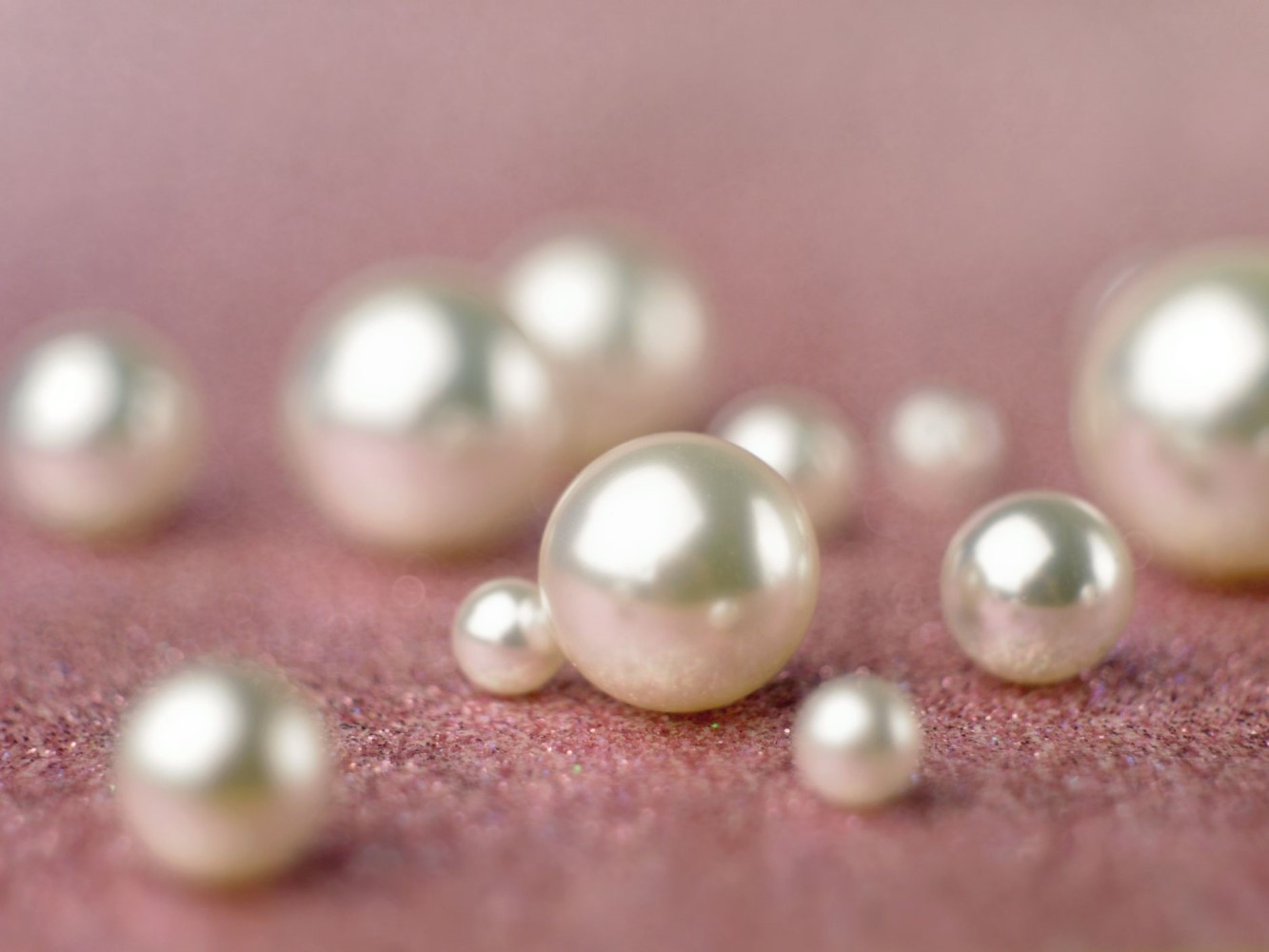
White Minerals and Substances
Rocks come in all colours, shapes, and sizes. While most people think of rocks as being gray or brown, white rocks are actually quite common. In fact, white is one of the most common colours for rocks. Many white rocks are made of limestone, which is a sedimentary rock that forms from the remains of marine plants and animals. Over time, these remains can create large deposits of limestone. Other white rocks may be made of quartzite, a metamorphic rock that forms when sandstone is heated and compressed. Quartzite is often white because it contains a high percentage of quartz, a white mineral. Although white rocks are not as colourful as some other types of rocks, they can still be quite beautiful.
White gemstones are some of the most popular choices for engagement rings and other fine jewelry. While diamonds are the most well-known white gemstone, there are a number of other options to choose from. Moissanite, for example, is a white stone that is very similar to diamond in both appearance and hardness. Pearls are another type of white gemstone that have been treasured for centuries. Unlike diamonds and moissanite, pearls are not extremely hard, but they are very lustrous and can be strung into beautiful pieces of jewelry. White Sapphire is another white gemstone that is becoming increasingly popular in engagement rings. Sapphires are very durable and have a stunning brilliance.
Snow is one of the most beautiful things in nature. It’s also one of the most fascinating. Did you know that no two snowflakes are alike? That’s because each flake is unique, formed by the temperature and humidity conditions present at the time it forms. Snowflakes typically have six sides, but they can sometimes have more or less, depending on the conditions. Snow is white because the tiny air pockets inside each flake scatter sunlight in all directions. So when we see snow, we’re actually seeing billions of tiny reflections of sunlight. Snow is an important part of the water cycle, providing water for plants and animals and helping to regulate Earth’s temperature. It also creates unique ecosystems, like alpine tundra, that are home to a variety of plants and animals. So next time you see a snowflake, take a moment to appreciate its beauty and wonder.
The Colour White in World Cultures

The Colour White in Europe
In many European cultures, white is associated with purity, cleanliness, and innocence. In Greece, white is the colour of mourning, while in Finland it is the colour of brides. This positive association with white may be due to the fact that most of Europe has a climate that is conducive to the growth of white flowers. In addition, many European countries have large populations of fair-haired and fair-skinned people, which may also contribute to the positive associations with white. Whatever the reason, white is an integral part of European culture and has come to represent a wide range of positive concepts.
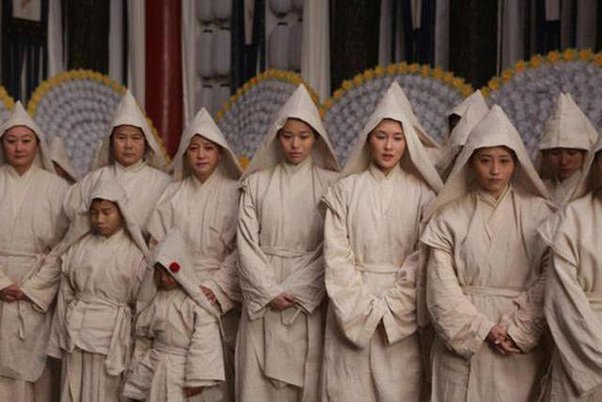
The Colour White in Asia
In Asia, the colour white is often associated with death and mourning. This is because white is the traditional colour of funeral garments in many Asian cultures. White is also seen as a symbol of purity, and so it is often used in wedding dresses. In some Asian countries, white is also the colour of choice for everyday clothing. This is because white is considered to be cool and comfortable, especially in hot weather. However, white can also have negative connotations, such as being associated with ghosts or evil spirits. As a result, the colour white can be seen as both positive and negative in Asia.

The Colour White in Latin America
In Latin America, the colour white is often associated with purity, cleanliness, and virginity. For example, in Mexico, brides traditionally wear white gowns to symbolize their purity on their wedding day. In Peru, white clothing is worn during Holy Week to signify repentance and forgiveness. And in Colombia, white flowers are often given as a sign of respect. But the colour white also has a more practical purpose in Latin America. In hot countries like Brazil and Venezuela, white clothing helps to reflect the sun’s rays and keep people cool. In addition, white walls and roofs are popular in many Latin American countries because they help to keep buildings cooler during the hot summer months. As a result, the colour white plays an important role in both the culture and the daily life of Latin Americans.

The Colour White in the Middle East
In the Middle East, white is seen as a symbol of life and death. In Arabic culture, white represents both the colour of birth and the colour of mourning. For example, white is often worn by brides on their wedding day, as it is seen as a symbol of purity. At funerals, white is worn by mourners as a sign of respect for the deceased. In addition to being a symbol of life and death, white is also seen as a sign of protection. In many Arab countries, white is worn by babies and young children to protect them from the evil eye. White amulets are also commonly used to ward off evil spirits. Whether it is being used to represent life or death, or to protect against evil, white is an important colour in Arab culture.

The Colour White in Africa
The colour white is often associated with death in many African cultures. In some cases, white is seen as the colour of ghosts or spirits. In other cases, it is believed that white can ward off evil spirits. It is also used to symbolize purity, cleanliness, and peace. For example, in many traditional African wedding ceremonies, the bride will wear a white dress to symbolize her purity. In some cultures, white is also seen as a symbol of wealth and prosperity. For instance, in many parts of Africa, white is the colour of choice for ceremonial clothing. As such, it is often seen as a sign of status and power. Whether it is seen as a symbol of death or life, the colour white plays an important role in African culture.
The Colour White in Religion and Psychology

The Colour White in Christianity
White is often seen as a symbol of purity, innocence, and new beginnings. In the Christian tradition, white is often used to represent the divine, and it is frequently used in religious ceremonies and icons. For example, white is often used to represent the Holy Spirit, and it is often used in illustrations of the Virgin Mary. In addition, white is often used to represent heaven, and it can be used to symbolize spiritual enlightenment or rebirth. Ultimately, white is a versatile colour that can be used to represent many different concepts in the Christian tradition.
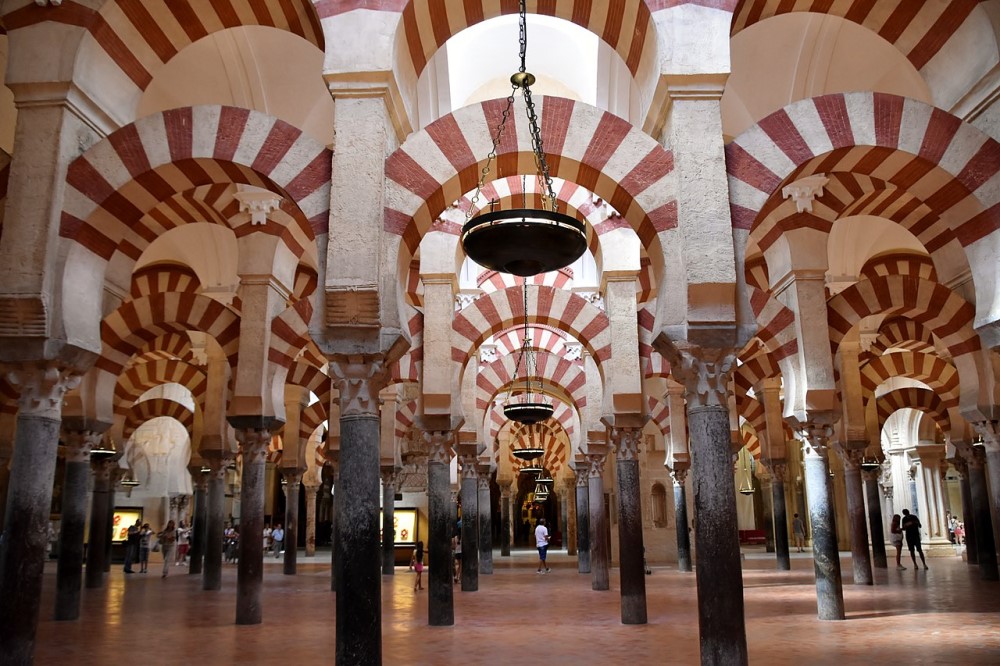
The Colour White in Islam
In Islam, the colour white is often associated with purity, tranquillity and peace. It is seen as a symbol of perfection, and is often used in religious settings such as mosques and madrassas. White clothing is also worn by many Muslims during holy festivals such as Eid al-Fitr and Eid al-Adha. The colour white is also used in Islamic art and architecture, often in intricate calligraphy or geometric patterns. In the Quran, the colour white is mentioned several times in reference to paradise. For example, in Surah Al-i-Imran, it is written: “And white are the garments of those who will be at peace in Paradise…” (3:108). Likewise, in Surah Al-Mu’minun, it is stated: “They will wear green garments of fine silk and rich brocade…” (23:51). These verses suggest that white clothing will be a sign of status and prosperity in the afterlife. In conclusion, white is an important colour in Islam that holds a great deal of significance.
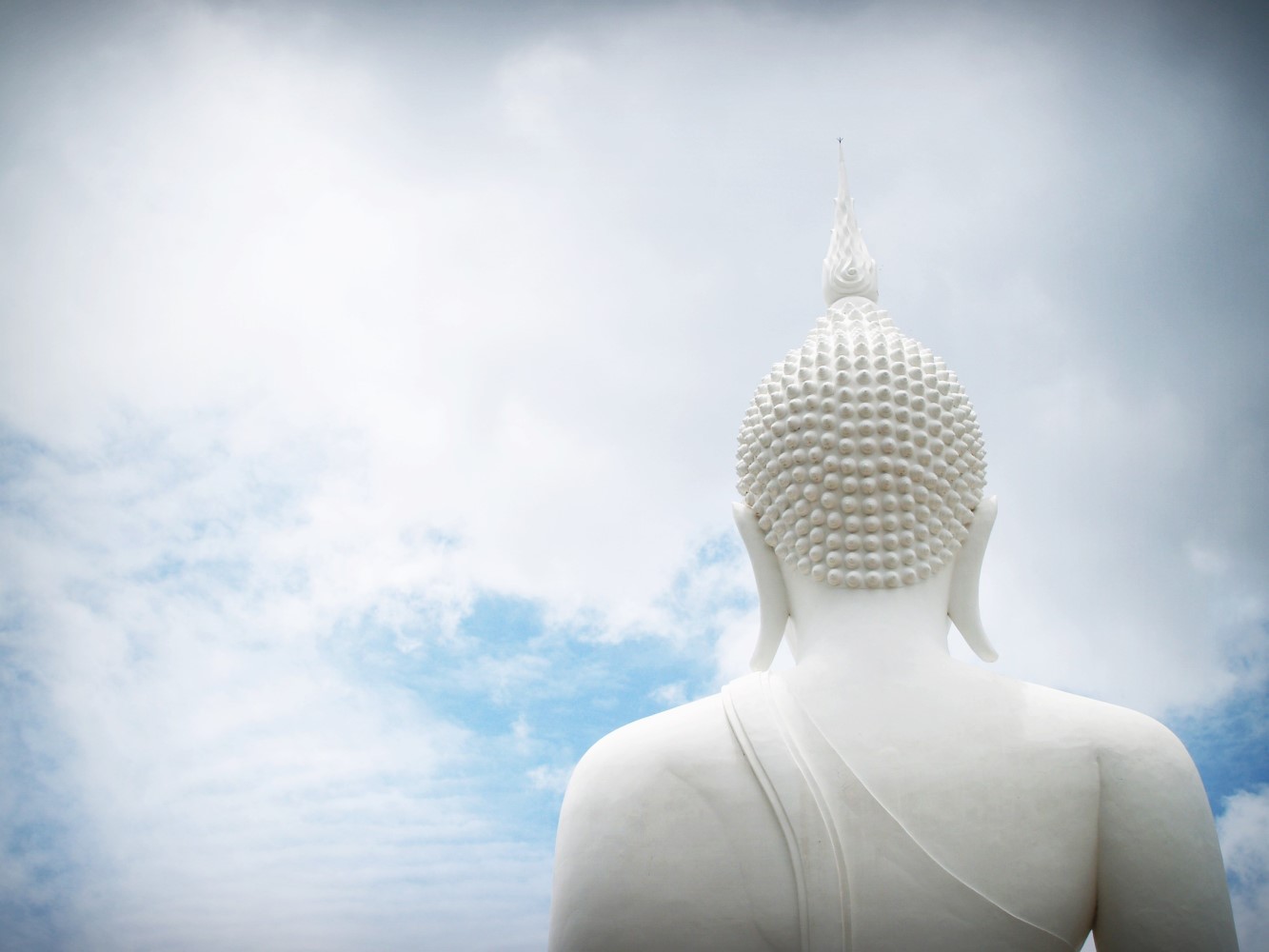
The Colour White in Buddhism
In Buddhism, white is often associated with the purity of the Buddha’s teachings. It is also seen as a symbol of spiritual clarity. White is seen as a protective colour that can ward off evil spirits and bring luck. Buddhism also has a tradition of using white stupas, or sacred burial mounds, to venerate deceased monks and nuns. In Tibet, white is also often used in shamanic rituals designed to drive away evil spirits. White clothing is also worn by monks and nuns in many Buddhist traditions as a sign of their commitment to purity. Overall, white is seen as a positive colour in Buddhism, representing purity, protection, and spiritual power.
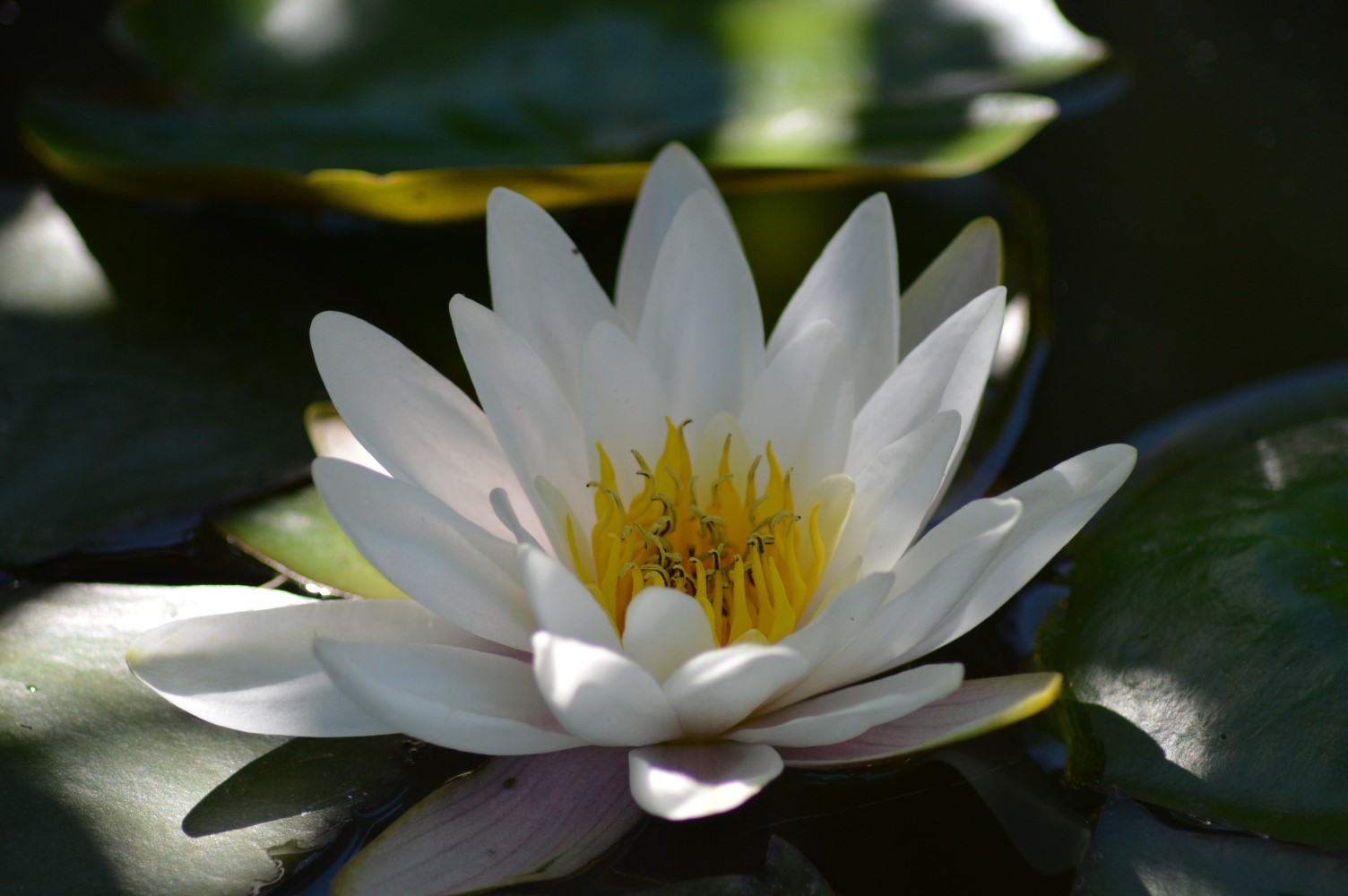
The Colour White in Hinduism
white is considered to be a sacred colour in Hinduism. It is said to represent purity, peace, and spiritual nourishment. white is often worn by Hindus during special ceremonies and religious festivals. In addition, white is often used to decorate temples and shrines. The colour white also has a deep symbolic meaning in Hinduism. For example, the white lotus is a symbol of divine beauty and purity. The white cow is also considered to be a sacred animal, representing fertility and abundance. In Hinduism, the colour white is associated with peace, purity, and spiritual nourishment.

The Colour White in Modern Psychology
White can represent new beginnings or freshness. For example, a blank sheet of paper is often seen as a symbol of potential. In the world of psychology, white is often seen as a positive colour. It is associated with feelings of hope, peace, and positivity. However, in some cases white can also represent feelings of emptiness or loneliness. When someone is feeling lost or disconnected from others, they may see the colour white as a representation of their feelings.
Notable Shades of the Colour White

Cream
Cream is a pale yellow colour that is often used to describe white fabrics or surfaces that have been slightly tinted. The exact hue of cream can vary depending on the type of milk or cream that is used, but it is typically a very pale yellow. In some cases, cream may also have a slight pink or orange tint. Cream is often used as a base colour for other hues, such as pale blue or green. It can also be used to lighten darker colours, such as brown or black. When choosing a cream colour, it is important to consider the undertone and whether it will complement the other colours in the room. For example, a cream with a yellow undertone can help to brighten up a space, while a cream with a pink or orange undertone can create a softer, more inviting look. With so many shades of cream to choose from, it is easy to find the perfect one for any space.

Ivory
Ivory is a pale white colour that is most often associated with the tusks of elephants. The word ivory originally came from the Arabic word for “elephant”, and it has been used as a term for white or pale-coloured objects for centuries. In art, ivory has been used as a pigment since ancient times, and it was especially popular during the Renaissance. Today, however, the use of ivory is controversial due to the threat to elephants. Although there are now strict laws in place to protect elephants, their tusks are still highly sought-after by smugglers and illegal traders. As a result, ivory still carries a significant cultural and economic value.

Pearl
Pearls are often thought of as white, but they can actually come in a wide range of colours. The most common colours are white, cream, and yellow, but pearls can also be found in shades of pink, peach, orange, and even black. The colour of a pearl is determined by the type of mollusc it comes from as well as the water conditions in which it was formed. For example, pearls from the black-lipped oyster tend to be dark in colour, while those from the white-lipped oyster are typically white or cream-colored. Pearls can also be dyed to achieve a desired hue. However, natural colours are usually more valuable than artificially dyed pearls.

Eggshell
Ever wondered why eggshells are white? It turns out that the colour of an egg’s shell is determined by the breed of chicken that laid it. Chickens with white feathers and earlobes lay white eggs, while chickens with red feathers and earlobes lay brown eggs. The colour of a chicken’s feathers is determined by a pigment called protoporphyrin IX, which is also found in human blood. Earlobes, on the other hand, are coloured by a pigment called oocyanin. Interestingly, the colour of a chicken’s eggshell is not affected by the colour of its earlobes. So, if you’re ever curious about the source of those beautiful blue or green eggshells, now you know!

Alabaster
Alabaster is a white or pale white colour. It is named after the white stone used in art and decoration. The word alabaster is derived from the Latin word “albus”, meaning white. Alabaster is often used to describe white marble, which is a type of limestone that is very fine-grained and has a smooth surface. This kind of stone has been used for centuries for sculptures and as a building material. Alabaster can also be used to describe other white materials, such as alabaster glass, which is a type of opalescent glass that has a milky white appearance.
